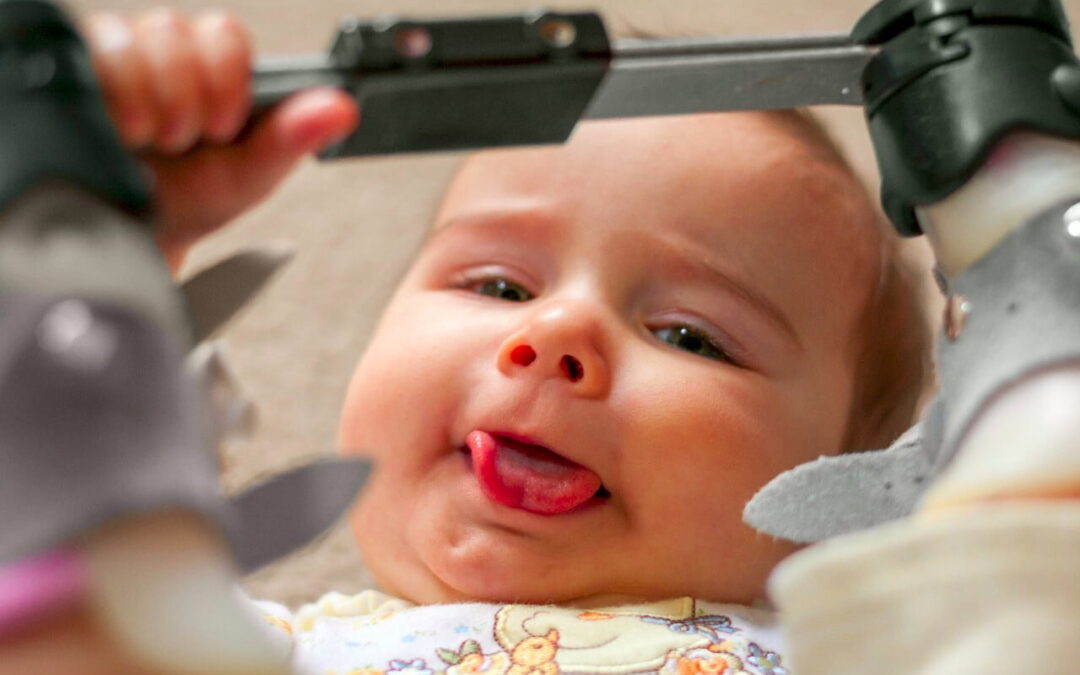Have you heard of lasers being utilized in pediatric dentistry? We aren’t talking about the red security alarm lasers that make the burning hiss sound in Mission Impossible movies when Tom Cruise is conducting international spy feats that boggle the mind. Instead, we’re talking about highly specialized, cutting-edge technology that is specifically designed for soft tissue procedures and treatments. These exceptional lasers are called CO2 lasers, carbon dioxide lasers, and they serve specific and important purposes in the world of pediatric dentistry.
Lasers have been a documented part of dentistry practice since the 1980s, although some sources indicate even as far back as the 1960s or 1970s. Certain dental procedures require cutting of the soft tissue, and lasers developed to be more accurate, less painful, and quicker to utilize than the traditional knife and scalpel.
In laser dentistry, there are basically three different types of lasers available. The dental diode laser, the erbium laser, and the carbon dioxide laser. The carbon dioxide laser has been used in dentistry procedures since 1991. In our pediatric dental offices, we have the carbon dioxide LightScalpel laser, and its use has helped countless children swallow, eat, and breastfeed more easily via lip and tongue tie releases, also known as frenectomies.
What is a Carbon Dioxide Laser?
The diode lasers are more common due to the fact that they are a more economical purchase for a practice. However, the diode laser tip will become white hot to burn the tissue for the procedure and is not particularly fast. A procedure for an upper lip tie can take anywhere from 60 seconds up to two full minutes.
Erbium lasers possess the capability to perform both soft tissue and hard tissue procedures, however, the bleeding that accompanies erbium laser use in a soft tissue procedure exceeds the accompanying bleeding when a carbon dioxide laser is used.
Carbon dioxide lasers work to cut soft tissue by vaporizing instead of burning. CO2 lasers vaporize the intended area and in conjunction coagulate the tissue, resulting in little to no bleeding, and work quickly to get the job completed. An upper lip tie procedure with the CO2 laser can be completed as quickly as 20 seconds. Treatments with the CO2 lasers are less invasive because they are quick and able to be incredibly accurate without disturbing the surrounding tissue, furthermore, they do not generate heat such as the diode lasers do.
For What Procedures Do We Utilize the CO2 Laser in Our Offices?
We employ the CO2 laser to perform a frenectomy. What is a frenectomy? A frenectomy is the name of the procedure we perform to release a lip tie or a tongue tie. This begs the questions, ‘what is a lip tie?’ and ‘what is a tongue tie?’
Take a moment to consider the anatomy of your mouth. Inside the top of your lip, and also the bottom of your lip, there is a thin flap of tissue that bridges your lip to the gum line. This is called the labial frenulum. Similarly, there is a thin flap of tissue connecting the floor of your mouth to the underneath of your tongue, this is referred to as the lingual frenulum.
The labial frenulum should be thin and have some stretch to allow your lips to puff out a bit. Additionally, a long and thin lingual frenulum allows the tongue the mobility necessary to swallow and move chewed foods around in our mouths. However, some of us are born with a labial frenulum or lingual frenulum that is short and/or tight which in turn impedes mobility and movement. To be clear, a short or tight labial or lingual frenulum isn’t automatically a problem. Nevertheless, if your baby is having trouble creating a proper latch for breastfeeding, or your toddler is experiencing difficulty with chewing and swallowing you should ask your pediatric dentist for a consult on the matter.
What is the Healing Process After a CO2 Laser Frenectomy?
The actual procedure is very quick, but we don’t just send you on your way with a pat on the back and well wishes. The healing process is quicker than it would have been with a diode laser or a scalpel, but here’s what you can expect:
You will observe a wound in the area where the frenulum was, typically in the shape of a diamond. This wound, over time, will reform a new frenulum that should be longer and allow greater mobility.
As you take note of the diamond-shaped wound, over the course of a few days it will form what is called a “wet scab”. The wound (wet scab) will turn white, yellow, and even a greenish color. Do not be alarmed by the green, this is not a sign of infection, merely the natural part of the healing process for a wound inside of the mouth.
You can expect the healing process to take a few weeks. We will remain with you every step of the way, providing wound management, and education about exercises for the lips and tongue post-procedure that enhance success. Call us today to schedule your child’s dental appointment at one of our three clinics in Bountiful, Taylorsville, or Herriman.
Are CO2 Lasers Safe?
Unequivocally, yes. Our LightScalpel CO2 Laser is FDA cleared for various dental laser surgeries including frenectomies. Thousands of parents in the South Davis County area, and from beyond have trusted us with their little ones to make this treatment as quick and painless as possible.
If you believe your child has a lip tie or tongue tie that is impacting their mouth motor functioning, give us a call! Our pediatric dentists are specially trained in the use of the CO2 LightScalpel Laser and compassionate to the concerns of parents. Come in for a consultation and we can discuss whether a frenectomy is an appropriate course of action for your child.


Recent Comments